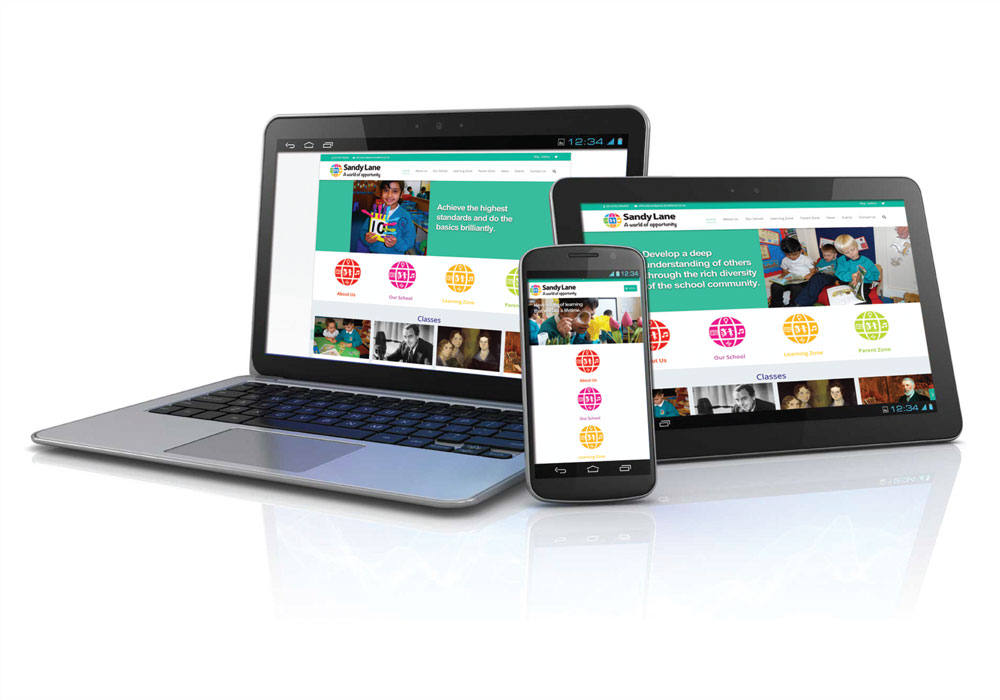
The Elements Of a Great Brochure Design
With some a competitive market out there, your marketing material has to stand heads and shoulders above the rest. Creating a professional, eye-catching brochure is essential for effective brand marketing and can open up a window of opportunities when designed properly. But there’s a difference between a good brochure, and a great brochure – PMD Creative give a few tips on the elements of a great brochure design.
- Purpose: Understand what you are trying to achieve from your brochure, understand your competitors and most crucial of all, understand your audience. Outline your objectives for the brochure, look at any past brochures you have had, what worked? What didn’t work? Take the time to plan the project will be a solid starting platform for your brochure.
- Design: The design should reflect your brand, the colours used, the font choices – readers of your brochure who are already aware of your brand should be able to instantly identify it. Understand the look and feel you are trying to achieve with the brochure. The importance of white space shouldn’t be underestimated, especially if you’re going for a simple, classy and elegant look. Adding colour splash to selected areas on a black and white design can help to accentuate the design in a diverse and creative way. Captivating your audience effectively isn’t just about the choice of colours used; it’s about how your display these colours throughout your brochure design.
- Font and copy: Design might be what draws the customer in, but the right copy is what keeps them reading. Limit your fonts to make your brochure attractive and readable – fancy, elaborate fonts are likely to put a reader off. Stick to a consistent theme throughout the brochure, using headings and subheadings to break up large bulks of text. We suggest using no more than three fonts throughout the design, and no smaller size than point 11. Craft compelling headings that draw in your readers, accompanied with fresh and interesting content. And always proofread your copy – twice!
- Images: Images are going to have a huge impact on your brochure. Readers want to see quality, sharp, interesting photographs. Talk to your agency about the best way to achieve great photographs, they might be able to suggest a reliable, quality photographer or purchase stock images for you.
- Print: The physical product that people will hold into their hands needs to be taken into consideration when designing your brochure. Options are endless, the stock you use, coated or uncoated paper types, matte or gloss, the list goes on – and they can all have an impact on your finished product. The right choices can enhance your design, however print terminology isn’t always easy to understand, so talk to your agency and/or printers about the look you are trying to achieve with your brochure.


